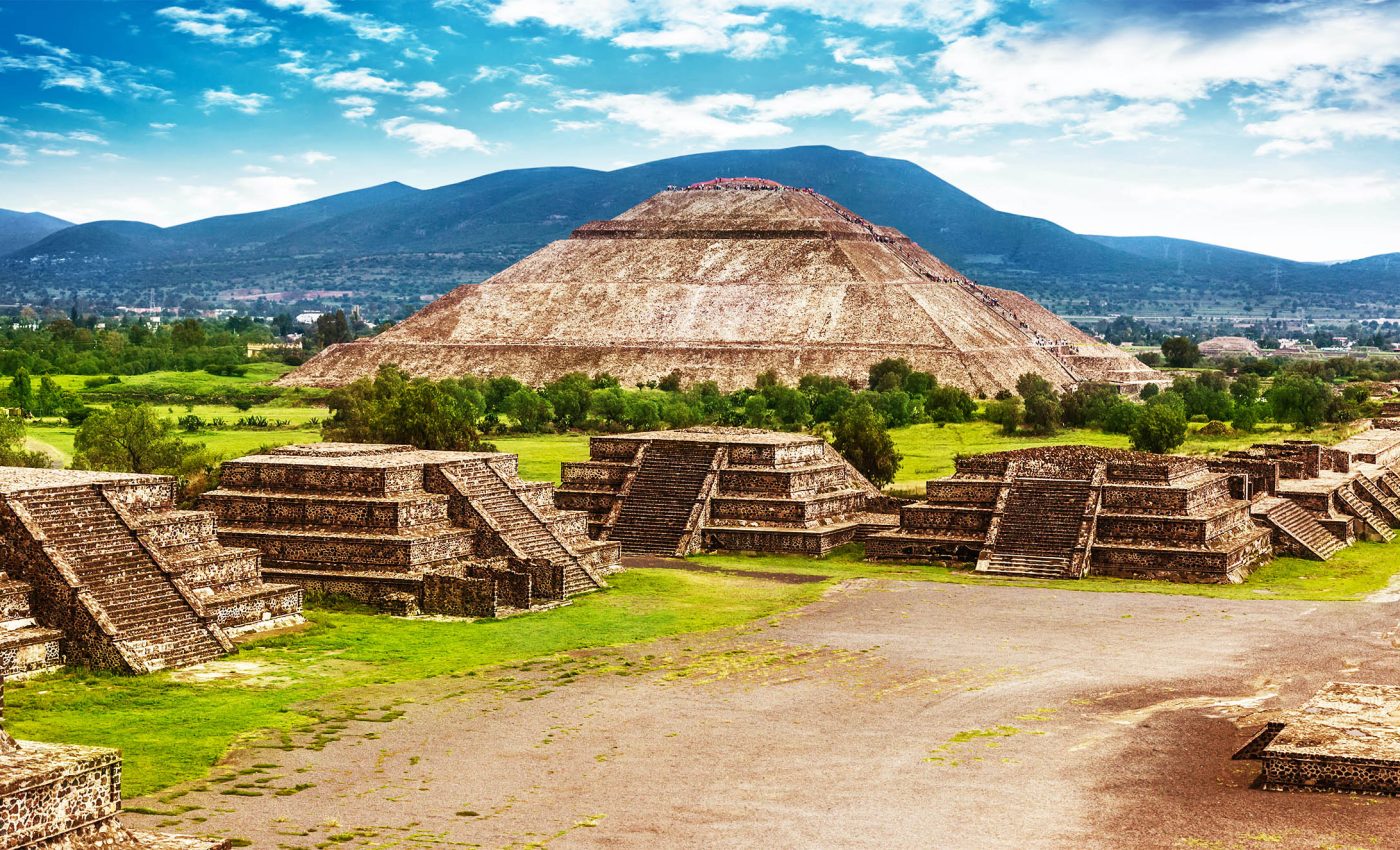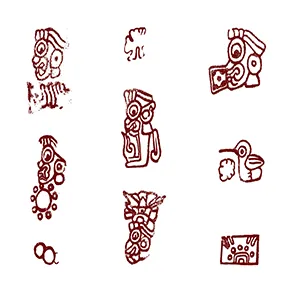
Scientists are on the verge of solving a 2,000-year-old Mexican mystery
Two thousand years ago, Teotihuacan was a thriving metropolis in central Mexico. From the time it was founded in 100 BC until its decline and ultimate fall in 600 AD, it was one of the most advanced cities in the ancient world.
The city may have housed up to 125,000 people, and visitors still walk its vast, haunting ruins today. But one big question has lingered: who lived there, and what language did they speak?
New research suggests Teotihuacan’s murals hold a written language, offering clues about who lived there and what language they spoke.
Understanding Teotihuacan – the basics
The city of Teotihuacan was carefully planned with wide streets, multi-story apartment complexes, and enormous pyramids aligned with astronomical events.
The most famous of these are the Pyramid of the Sun and the Pyramid of the Moon, which dominate the Avenue of the Dead – a grand boulevard that ran through the heart of the city.
This precise layout shows that Teotihuacan’s builders were skilled engineers, architects, and astronomers.
Archaeologists have found murals, pottery, and obsidian tools that reveal a complex society rich in culture and innovation.
The people practiced agriculture using irrigation and terrace farming to feed their massive population. They also performed rituals that reflected their deep understanding of nature and the cosmos.
Teotihuacan’s ancient symbols
A fresh line of evidence points to the walls of Teotihuacan. Colorful murals and decorated pottery across the site carry clusters of symbols. For years, people argued over whether those marks were true writing or just symbols.
Magnus Pharao Hansen and Christopher Helmke, researchers from the University of Copenhagen, now argue that the signs form a coherent writing system that records an early form of Uto-Aztecan, the ancestor of Cora, Huichol, and Nahuatl.
“There are many different cultures in Mexico. Some of them can be linked to specific archaeological cultures,” Pharao Hansen explains.
“But others are more uncertain. Teotihuacan is one of those places. We don’t know what language they spoke or what later cultures they were linked to.”
Nahuatl and Teotihuacan symbols
The team published their case in Current Anthropology and tied the script to an older stage of the Nahuatl language.
That timing matters significantly for understanding regional history. It challenges the old idea that Nahuatl speakers only arrived in central Mexico after Teotihuacan fell.
Instead, the linguistic connection suggests earlier movement and possible direct links between Teotihuacan’s residents and later Nahuatl-speaking communities.
“Otherwise, it would be a bit like trying to decipher the runes on the famous Danish runestones, such as the Jelling Stone, using modern Danish. That would be anachronistic. You have to try to read the text using a language that is closer in time and contemporary,” Christoper Helmke explained.
Deciphering ancient scripts
The signs appear to mix logograms with a rebus principle.
In some places, a picture stands for its meaning. In others, the picture stands for sounds that combine into a word that may be more abstract.
That blend shows up in many ancient scripts and makes decipherment tough without a sense of how words sounded centuries ago.
“In Teotihuacan, you can still find pottery with text on it, and we know that more murals will turn up. It is clearly a limitation to our research that we do not have more texts,” says Hansen.
“It would be great if we could find the same signs used in the same way in many more contexts. That would further support our hypothesis, but for now we have to work with the texts we have,” Hansen continued.

logograms and languages
The researchers say their approach shows that certain logograms can also carry phonetic values, not just meanings. That opens the door to reading longer sequences, not just naming the things in the picture.
They argue that this time-matched linguistic reconstruction gives scholars a better starting point to test readings across multiple murals and portable objects.
“No one before us has used a language that fits the time period to decipher this written language. Nor has anyone been able to prove that certain logograms had a phonetic value that could be used in contexts other than the logogram’s main meaning,” Hansen explained.
“In this way, we have created a method that can serve as a baseline for others to build on to expand their understanding of the texts.”
Teotihuacan’s linguistic writing system
Teotihuacan has long been compared to Rome for its wide cultural influence, and its neighborhoods even show the presence of Maya groups.
A clearer script tied to early Uto-Aztecan would help link the city’s art, rituals, and names to people we can identify through language.
“If we are right, it is not only remarkable that we have deciphered a writing system. It could have implications for our entire understanding of Mesoamerican cultures and, of course, point to a solution to the mystery surrounding the inhabitants of Teotihuacan,” says Helmke.
The full study was published in the journal Current Anthropology.
—–
Like what you read? Subscribe to our newsletter for engaging articles, exclusive content, and the latest updates.
Check us out on EarthSnap, a free app brought to you by Eric Ralls and Earth.com.
—–













